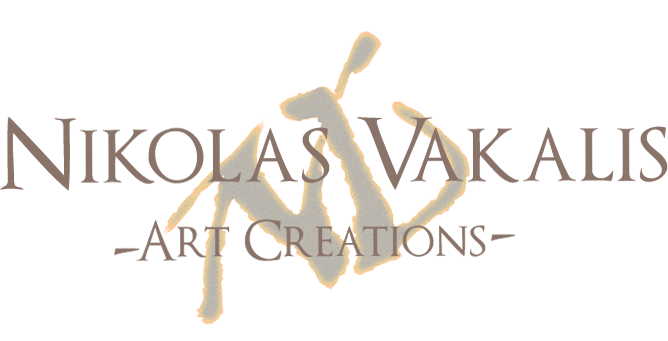
The word scagliola bears a twofold meaning: it indicates a material as well as a technique.
The material is gypsum-plaster and scagliola is one of the several names by which the quick-setting gypsum-plaster is called.
The term scagliola comes from "scaglia" - Italian word for flake - that is the way gypsum breaks up when found in nature as a mineral called
selenite - from "selene", moon in Greek, so "moonstone".
After being burnt this mineral yields a quick-setting gypsum.
So, the name scagliola for this distinguishing technique, comes from the use of this gypsum.
This technique has been also called with different names throughout the centuries and the different cultural areas:
marmoridea, stucco-marmo, marmorino, etc. all of them giving the idea of what was
the scope of this technique: to imitate marble.
About the discovery of this technique there are different hypothesis, but we know that the artistic
techniques are usually the result of a slow process more than a sudden discovery.
In Italy, the birthplace of the scagliola is considered Carpi, a small town in the region of Emilia Romagna, where the architect Guido Fassi -1584-1649 - is considered the inventor.
However we know that there is a development prior to the 16th century so we can see the presence of this technique
in parallel in Germany, with examples such as the spectacular decoration of the Reiche Kapelle in Monaco.
In Italy, other than Carpi, the scagliola develops in the Val d’Intelvi, close to the border with Switzerland.
As already said, the aim was to imitate materials (marbles and stones that can be polished) and techniques (marble inlay) that,
at that time, were very expensive.
In fact, one of the names given to this technique was "marble of the poors", a definition that later on is, as a matter of fact, denied by the scagliola artifacts purchased by or donated to the educated and wealthy people from all over Europe.
Scagliola has some very special features and great advantages: the first is that you can create marbles no more available
in the market either because the place where they were quarried is not known anymore or because
the «good» vein has been consumed; the second is that you can create combinations of shapes and colors far beyond what nature,
although very rich in variations, can offer.
Today you can admire scagliola artifacts in the most important museums in the world, such as
the Uffizi, the Getty Museum, the Hermitage and others.
The scagliola works have another important characteristic: the resistance;
That this is so, is proved by the hundreds of artifacts, e.g. the frontal decoration of altars, that date back to the 16th century, placed in humid environments such as churches, that still show to be in very good conditions.
Scagliola is a complex technique that requires knowledge, sensitivity, time and patience,
the latter especially necessary for the long and elaborate polishing stage.
Only natural materials, such gypsum, lime, animal glues,
vegetable oils, animal or vegetable
waxes are
used.

The Rich Chapel, which was consecrated in 1607, was the private place of worship of Duke Maximilian I and his wife. In accordance with its exceptional importance, the chapel was decorated with particular magnificence using scagliola panels, which with its gleaming polished surface looks like real marble.

Circa 1587-1622, produced in the workshop of Blausius Fistulator, Germany, and now in the Paul Getty Museum.

This table is a rare example of 17th century (ca. 1671) furniture decorated in scagliola. A wealthy patron would have commissioned this table now exhibited at the Victoria and Albert Museum in London.